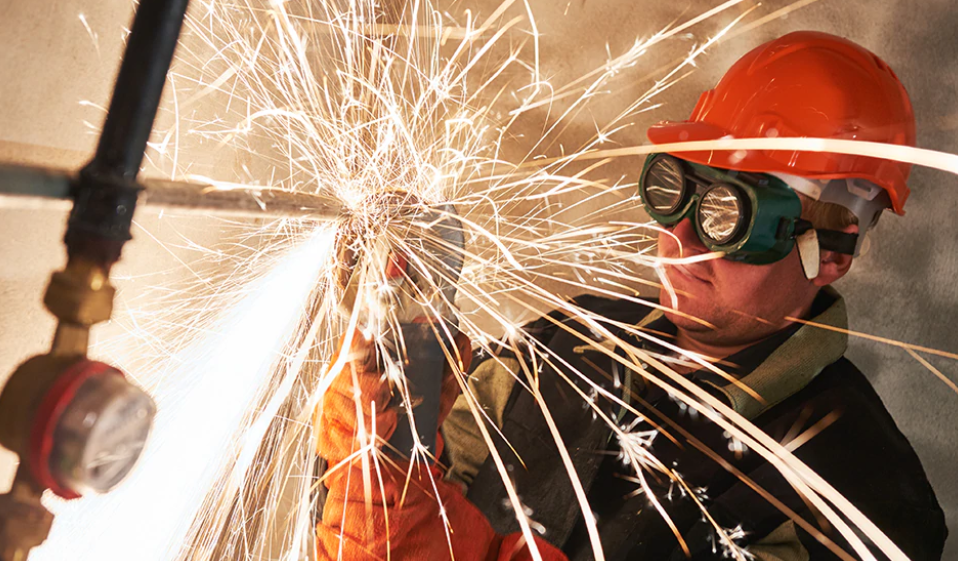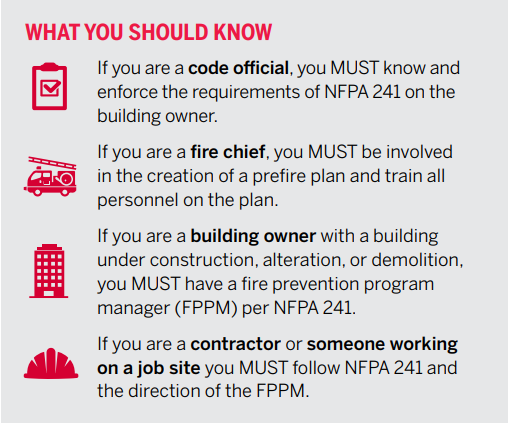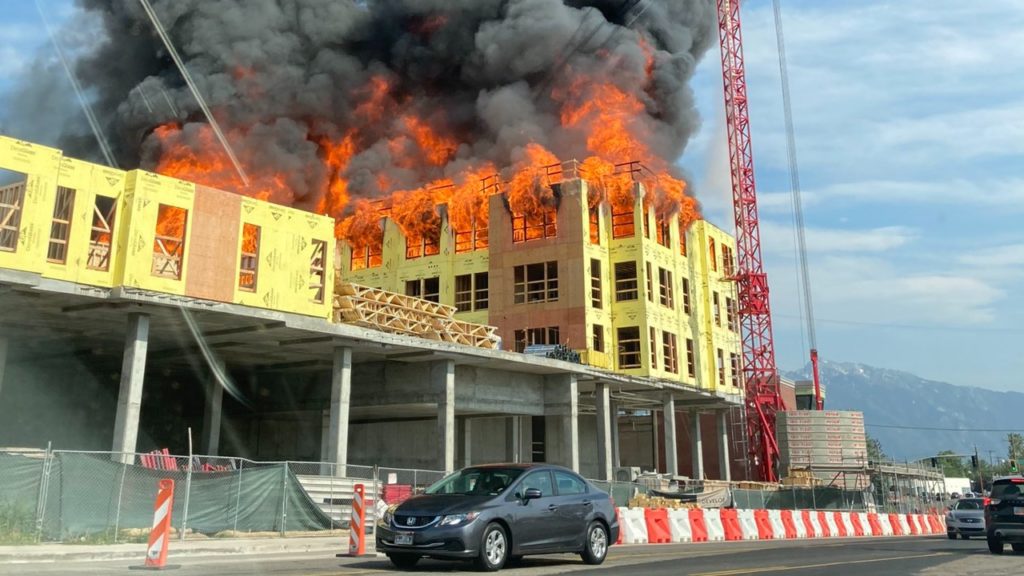By: Robert Avsec, Executive Fire Officer
It’s somewhat “newsworthy” when a week goes by that we don’t see or hear about a significant fire in a building under construction, renovation, or demolition. That’s because such fire incidents take place more often than most of us realize. In recent months, there have been fires in commercial buildings being renovated in Idaho, in a former Sony building in New Jersey being demolished and in multiple apartment buildings under construction across the U.S., including high profile incidents in Las Vegas and Texas.
In a February 2020 report, Fires in Structures under Construction or Renovation, NFPA brought to light several significant points regarding these types of fires:
- For the period 2013-2017, local fire departments responded to an estimated average of 3,840 fires in structures under construction and 2,580 fires in structures under major renovation each year.
- Fires in structures under construction involving residential properties (e.g., apartments or condominiums) accounted for 75-percent of the fires in that period.
- The leading cause of fires on construction sites—believe it or not—is cooking equipment! And the report listed electrical distribution and lighting equipment as two of the leading causes of fires in structures undergoing a major renovation.
- Fires in structures under construction were responsible for an average of four civilian deaths, 49 civilian injuries, and $304 million in direct property damage annually. For fires in structures undergoing a major renovation there were an average of eight civilian deaths, 52 civilian injuries, and $104 million in direct property damage annually.
Much, if not all, of these losses could have been eliminated with the use of proper safeguards. NFPA 241: Standard for Safeguarding Construction, Alteration, and Demolition Operations, contains the applicable provides measures for preventing or minimizing fire damage to structures during construction, alteration, or demolition.
WHAT PUTS CONSTRUCTION SITES AT RISK FOR A FIRE
Fire departments and contractors should be informed and educated about the requirements of NFPA 241 because doing so can enable both parties to better manage and mitigate those risks that can lead to catastrophic and costly fires at construction, renovation, or demolitions sites. Regardless if a fire is started by a carelessly disposed cigarette or the failure to properly store or dispose of combustible materials, these fires are almost always preventable.
Predictable is preventable.
Gordon Graham, noted risk manager, author, and presenter
According to NFPA, some of the common risk factors for these buildings—that are in a state of incompleteness—include the following:
- Buildings under construction may not have all the fire protection systems they will have once the building is completed. Systems such as sprinklers, smoke detection, and fire alarms may not yet be installed and operational.
- Construction sites are often unsecured and are vulnerable to trespassing, which can lead to vandalism, theft, and intentionally set fires. Hence you need to get in touch with commercial service that can fix roofing and other damaged parts of your building.
- Common ignition sources on construction sites, including equipment (e.g., heaters) and hot work (e.g., welding, cutting, grinding, soldering, and hot-tar roofing).

Failure of fire departments and building contractors to comply with the safety procedures contained in NFPA 241 can result in damage to the site itself as well as to adjacent buildings and can put site workers, civilians, and firefighters at risk of injury and death.
APPLICATION AND COMPLIANCE
NFPA 241 covers the following topics:
- Temporary construction, equipment, and storage
- Processes and hazards
- Utilities
- Fire protection
- Safeguarding specific operations (e.g., construction and alterations, roofing, demolition, and underground operations).
TAKEAWAYS FROM THIS ARTICLE
These are just some of the key Issues for which fire department personnel and contractors must become informed and educated about for compliance with the requirements of NFPA 241. One very critical point, especially for contractors, is that these requirements–as well as other from NFPA 241–must be followed regardless of the building materials used.
- Security measures for the construction site must be in place around the clock, not just when work is being done.
- Failure of contractors to comply with the requirements of NFPA 241 may result in a work stoppage, delays, and/or costly fines.
- Beyond potential personal injury, death, and direct dollar loss, the impacts of construction site fires can have far-reaching, long-term economic and other community impacts.
READ NEXT: Importance of fire watch guard services in construction sites
But the BIGGEST takeaway from this article should be this: Learn what construction, renovation, or demolition sites are active in your community. Then meet with the site supervisor and share the contents of this article so that they can also become informed and educated about the requirements of NFPA 241 and what they need to do to comply.

Because as that firefighter of old, Benjamin Franklin–writing under his pseudonym, Poor Richard–wrote many years ago, An ounce of prevention is worth more than a pound of cure.
LEARN MORE
Understand NFPA 241: Visit nfpa.org/241 to get FREE digital access to the standard.
Get Training: Register for NFPA training programs at: nfpa.org/buildingsafetyfundamentals.
Read the NFPA Journal® article, “Danger: Construction”
 Fire & EMS Leader Pro The job of old firefighters is to teach young firefighters how to become old firefighters!
Fire & EMS Leader Pro The job of old firefighters is to teach young firefighters how to become old firefighters!
